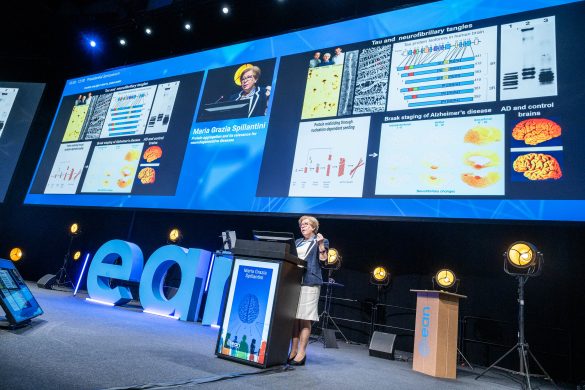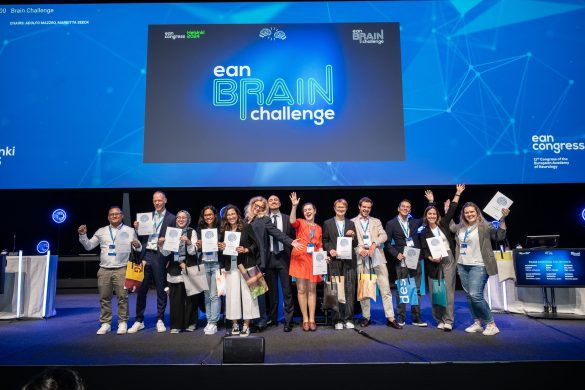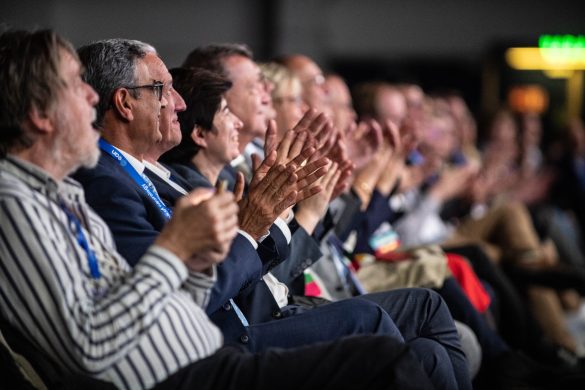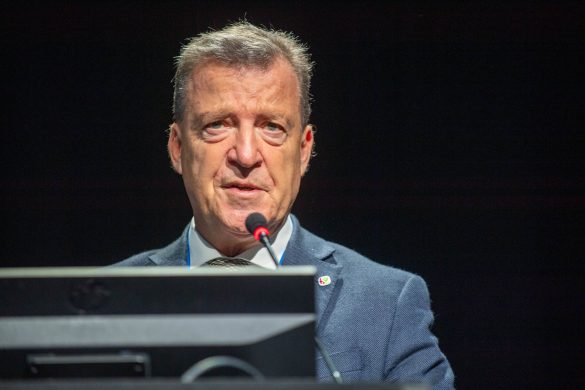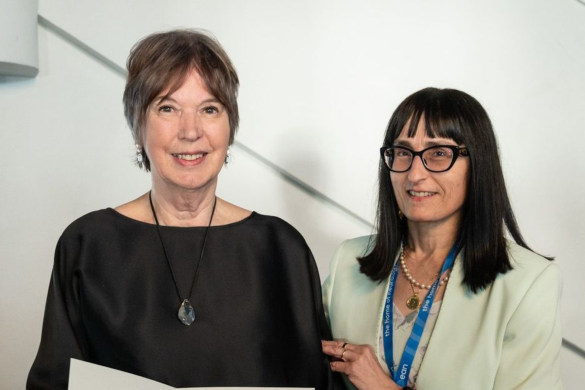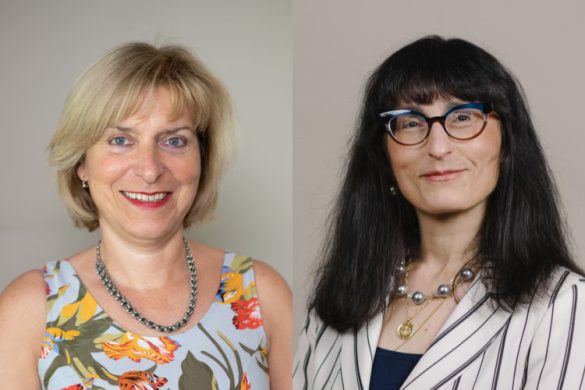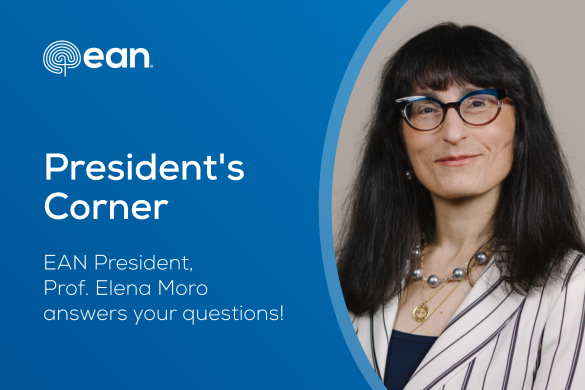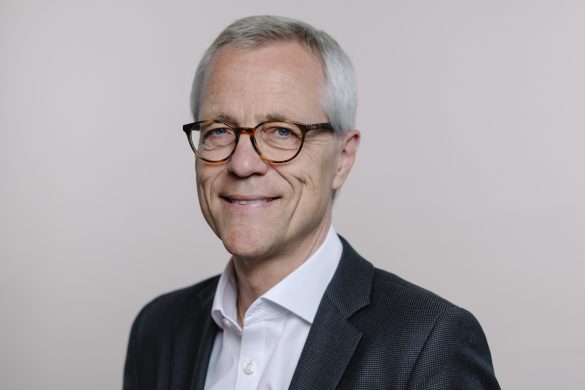Moldova (officially the Republic of Moldova) presents an impressive landscape, with a beautiful hilly plain, dissected by river valleys. It is a landlocked country in Eastern Europe, neighbouring Romania to the west and Ukraine to the east, and occupying an area of 33,843.5 km2 .
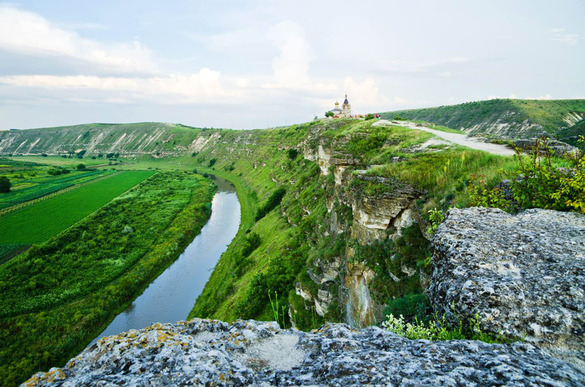
Given the fertile black soil and favourable climate, the economy of the country is centred on agriculture. The Moldovan wine industry deserves special attention as it has been developing since ancient times. According to historians, viticulture and winemaking in the territory between the rivers Dniester and Prut appeared 4000-5000 years ago. They have experienced periods of prosperity and decline, but have persisted. The Republic of Moldova is ranked 7th in the world among the wine producing countries by volume of wine exports (4% of the world total), and 12th place in terms of revenue (1.4% of world exports). According to Guinness Book of Records, the Moldovan wines collection “Milestii Mici”, including 1.5 million bottles, is the largest in Europe. Its cellars stretch for 200km underground, but nowadays only 50km are used.
According to data from 2018, the resident population of the Republic of Moldova represents up to 3,33 million people, with life expectancy at birth of 69.4 years for men and 77 years for women, and a population density of 98.4 persons/km². This population is multinational and multicultural.
The capital of Moldova is Chisinau – the cultural, scientific and political centre of the country. Chisinau is considered to be one of the greenest cities in Europe, with an abundance of parks and gardens throughout the city.
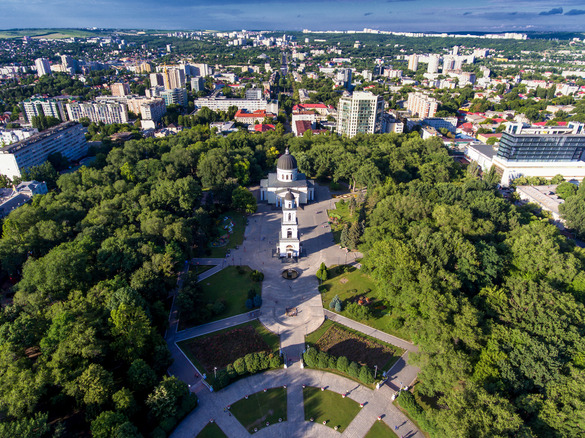
History
Moldova is an integral part of Europe and has a rich history, situated in the contact zone between different cultural and historic trends – Carpathian-Balkan, Central-Europe and Eurasia.
In 1812, as a result of the Russian-Turkish Peace Treaty signed in Bucharest, the eastern part of Moldova situated between the Prut and Dniester rivers, named Bessarabia, was annexed to the Russian Empire, thus being a Russian province until 1918.
In 1918 the supreme authority of the Bessarabian state – Sfatul Tarii, decided to unite with Romania. This unity lasted till 1940, the year when the country was annexed by the Soviet Union as a consequence of the Ribbentrop-Molotov Pact of 1939. Moldova functioned as a territorial entity within the USSR until the last decade of the 20th century.
On the 27th of August 1991, the Republic of Moldova became an independent and sovereign State.
Culture
The Republic of Moldova has an important cultural inheritance including archeological sites, dwellings, country estates, fortresses, cloisters/monasteries, churches, art works, monuments, squares, streets, quarters, villages, and incorporates both urban and traditional architecture. Cultural artefacts are owned by the country’s 87 museums.
Despite its limited area, the Republic of Moldova, as a tourist destination, has great potential because of the diversity of landscapes and unique geological monuments of European and World value, rural, wine, cultural, health and beauty tourism. But, the most valuable treasure of the country is its citizens. Moldovans are very hospitable people; they greet each guest as a long-awaited arrival, often with national dishes and wines that surprise in their diversity, richness and depth of flavour.

Medical education
There is only one institution providing higher medical education in the Republic of Moldova – Nicolae Testemitanu State University of Medicine and Pharmacy, located in Chisinau.
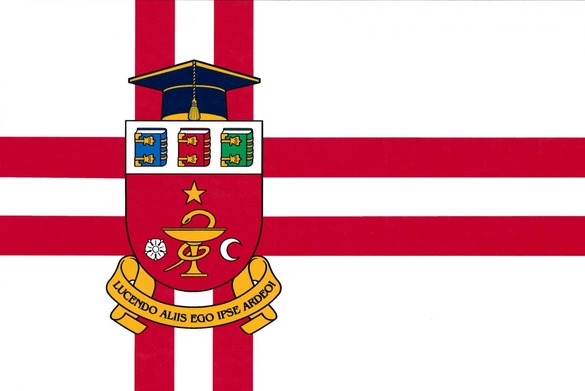
Its history dates back to 1945, when the university was founded on the basis of the Leningrad Medical Institute №1, which was evacuated to Kislovodsk during the Second World War, and then transferred to Chisinau, together with its students and faculty members. Since 1990, the Institute has been named after Nicolae Testemitanu, one of the first graduates, a prominent scientist and public figure. On July 25, 1991, the national Medical Institute was reorganised into a new state University.
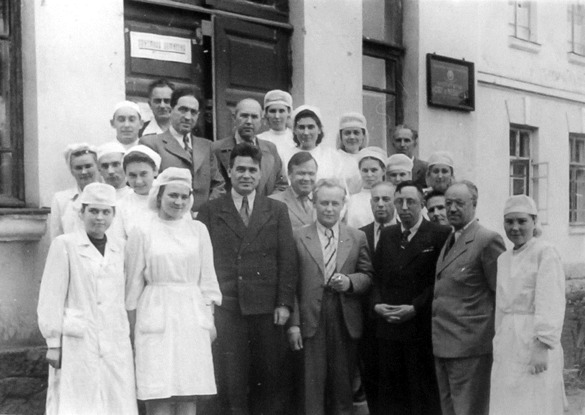
Nowadays Nicolae Testemitanu State University and Pharmacy is an established educational, scientific, medical and cultural centre both for doctors and pharmacists. Among our medical students, there are a significant number of international students, mainly from Israel and India. Annually, approximately 500 students from Moldova and 400 from other countries are admitted. Training is therefore conducted in four languages: Romanian, Russian, English and French. The average number of students across all faculties is about 5900 students plus 1200 residents. Since its foundation, the university has graduated more than 40 thousand doctors, working both in Moldova and abroad.
Neurology in Moldova
The Department of Neurology was founded in October 1945 by Professor Boris Sharapov, eminent representative of Neurological Sciences in St. Petersburg, Russia. He led the department until 1969. Professor Sharapov established the basis of educational, clinical and scientific activity, and initiated research devoted to clinical and pathological manifestations of brain and spinal trauma.
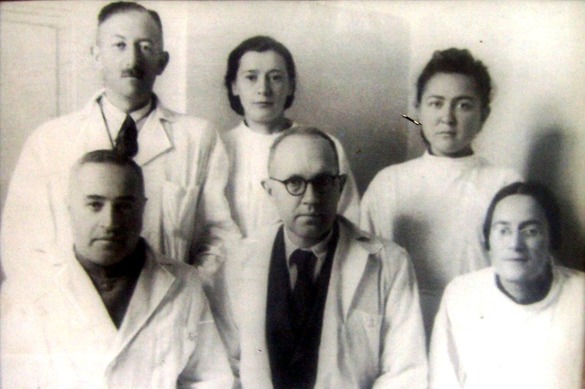
Professor’s Sharapov successor in 1969, at the helm of the Department of Neurology was his former student, Diomid Gherman, who continued this successful scientific research, teaching and medical activity, including especially marked impact in stroke and spinal vascular disorders.
From 1998 to 2010, the Department of Neurology was led by Professor Ion Moldovanu. He returned to the country in 1995, after 11 years of scientific activity in the neurology clinic of the First Institute of Medicine I. Sechenov in Moscow, where he obtained his PhD under the tutelage of the renowned scholar, Alexander Vein. Prior to his return, he also spent two years of scientific research in Premontre (France) in the field of extrapyramidal pathology. Prof. Moldovanu has launched several new scientific topics in Moldovan neurology. Since 2010 the department has been led by Professor Mihail Gavriliuc, who was mentored by Academician Diomid Gherman. Currently Professor Gavriliuc’s main topics of research are focused on the pathogenesis of cerebrovascular disease, and in particular ischaemic preconditioning.
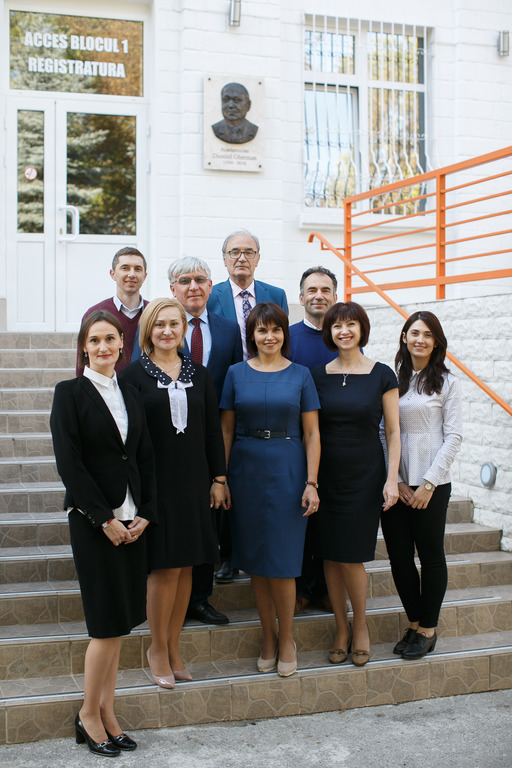
In 1995, the second department of neurology was established, dedicated to the postgraduate training of neurologists. Since the very beginning this department was chaired by Academician Stanislav Groppa. The research focus of Professor Groppa is related to stroke, neurogenetics and epilepsy.
In order to become a neurologist in Moldova, you must first graduate in medicine (training is six years), and then pass four years of residency. All young neurologists in Moldova are fluent in foreign languages (particularly English, French, Russian, and German), necessary to attend international congresses, conferences, and training courses. Almost all have been trained at the Spring School of Young Neurologists and completed internships in leading Western neurological clinics. Currently, there are 38 residents in neurology, and 10 PhD students performing research in this field.
Moldova has a sufficient number of neurologists to cover its population, about 1 per 12000, and includes 300 adult specialists and 70 paediatric neurologists. The ratio of female to male neurologists in Moldova is about 5 to 1.
The Neurological Society of Moldova
The National Neurological Society of Moldova was founded by the Academician Diomid Gherman in 1972, who led from its foundation until 2010, when leadership was transferred to the current President, Vitalie Lisnic. The society holds its meetings on a monthly basis, and speakers from various fields of neurology are invited. The meetings are attended by about 150 neurologists from the entire country. These meetings are a real opportunity to find out the latest news in the field, to exchange practical experience and review interesting clinical cases. Other important scientific events, with valuable practical impact for the participants, are the EAN-endorsed teaching courses, and the national congresses. The 7th Congress of Neurology and Neurosurgery from Republic of Moldova will be held in autumn 2020.
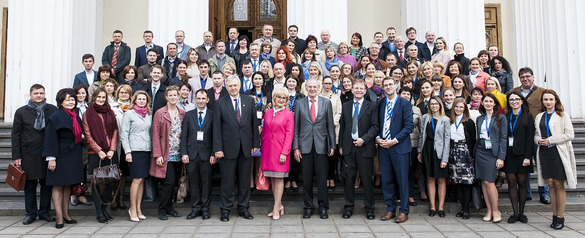
Professor Vitalie Lisnic: President of the Society of Neurologists of the Republic of Moldova
Ass. Professor Elena Costru-Tasnic: Representative of the Resident and Research Fellow Section




